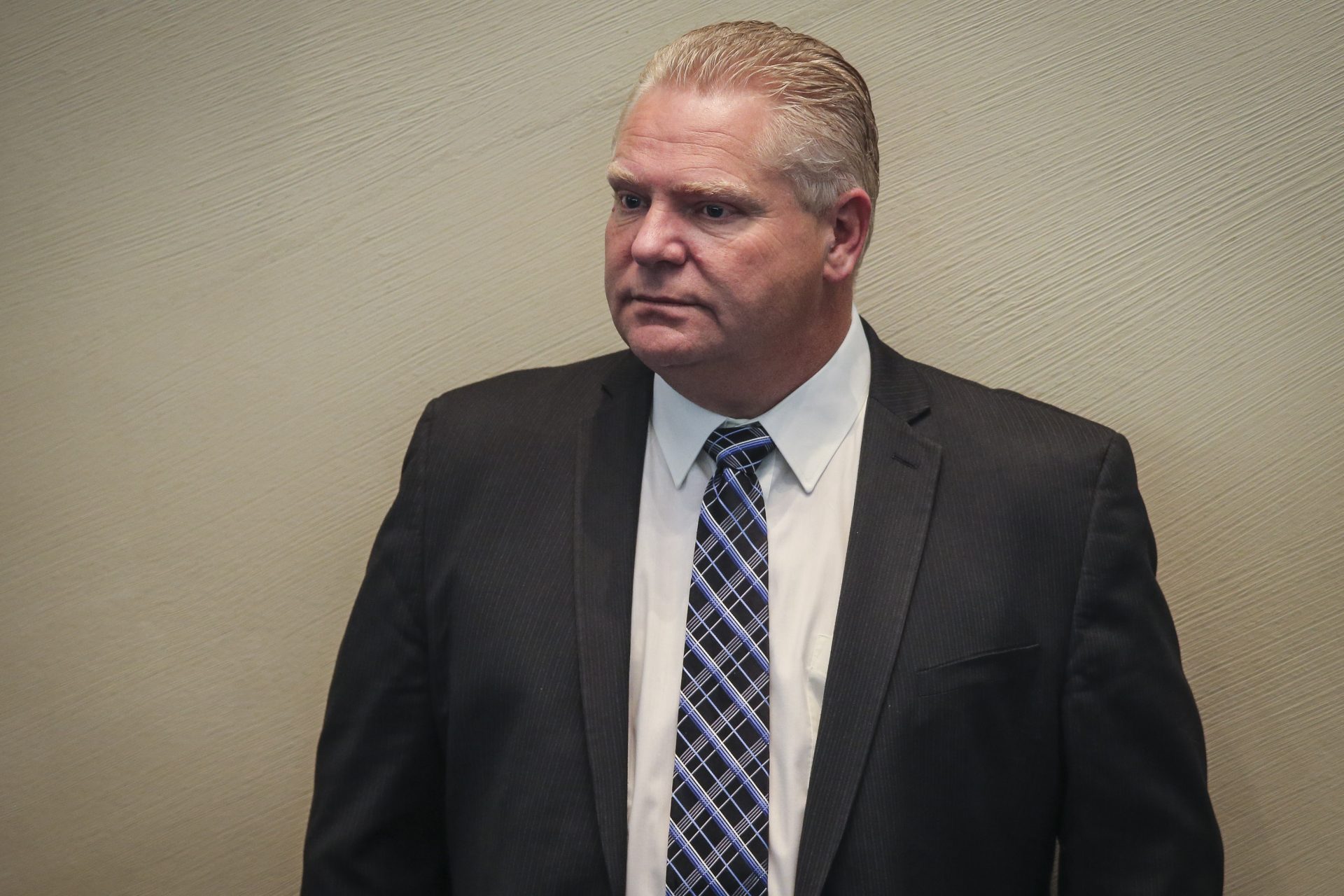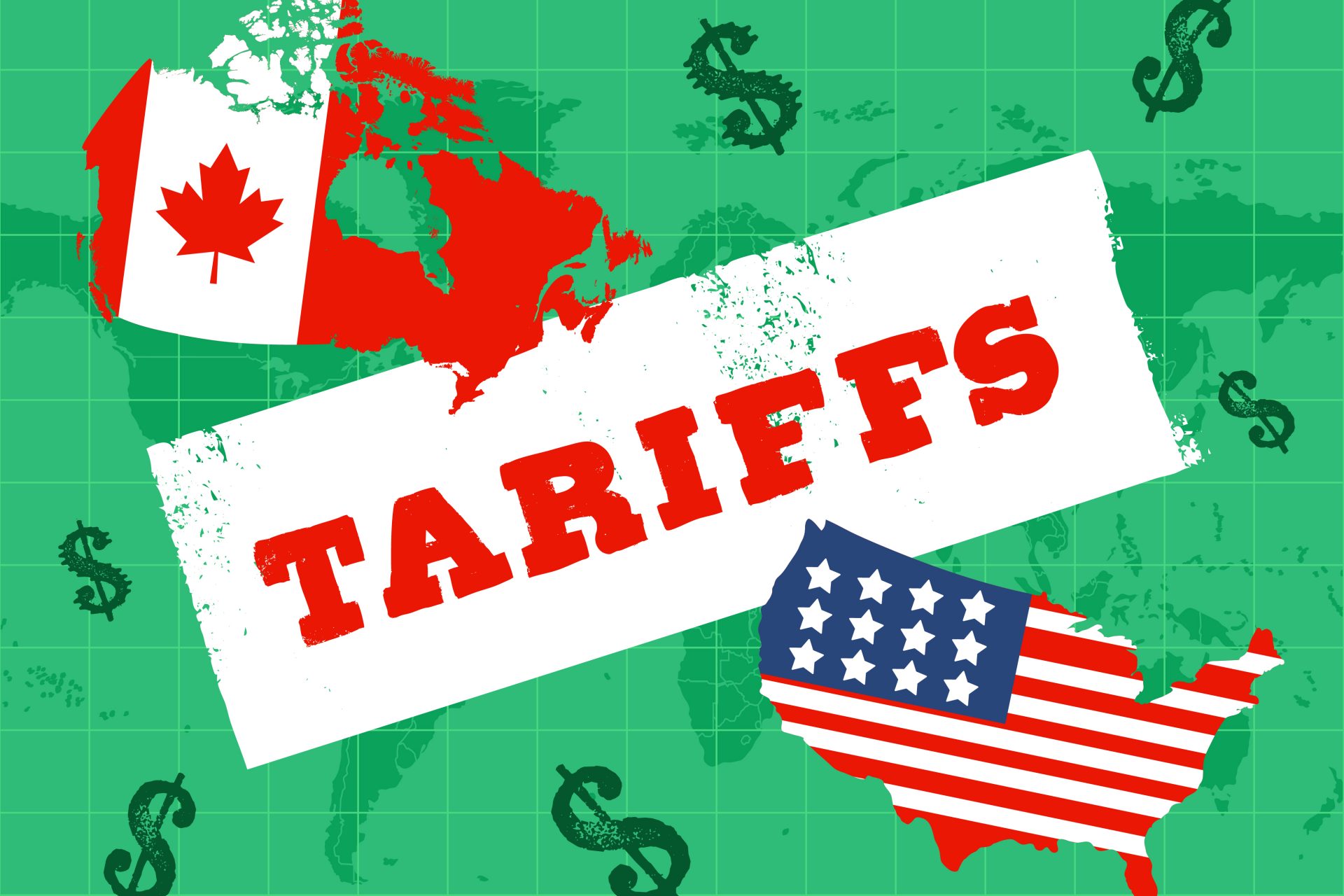Why tipping is a bad idea
Tipping is an American institution. Giving a service worker a small token of your gratitude sounds, at first, like a generous gesture. However, it can carry far more problems than you think.
CNBC reports that some analysts believe that tipping can perpetuate low wages and an environment where pleasing the customer is more important than the well-being of the employees.
Since tipping is believed to be part of the benefits service workers get, then it is assumed that they just must work harder instead of getting a pay raise.
CNBC cites a study done at UC Berkeley, where it was reported that tips had taken a nosedive since the COVID-19 pandemic. After all, who wants to touch that dirty money?
Then there’s the big question: How much money you should give as a tip?
Common wisdom in the United States says that a tip should be between 15% to 20% of what you’re paying. But is that so?
CBS News writes that there has been a ‘tipflation’ creeping in. Tipping in full-service restaurants is now averaging 25% and can go all the way up to 30%.
Image: Dan Smedley / Unsplash
Associate professor Michael von Massow from the University of Guelph wrote in a piece at The Conversation that this could lead to a ‘tip fatigue’.
Image: Kenny Eliason / Unsplash
Von Massow speculates that tip fatigue could ultimately lead to a backlash against the idea of tipping altogether, affecting service workers.
Image: Camille Chen / Unsplash
“While tipping is a social norm, no one should feel pressured to tip more than the standard percentage, if at all”, writes Von Massow at The Conversation.
The practice of tipping has also reached countries outside the United States and Canada. A piece by Euro Weekly News that cities in Spain have started to adopt an American-style tipping system.
Now the bill you get for having some paella and red wine in Barcelona or Madrid might recommend you leave something in the park of 5 to 10% of the price.
The Madrid regional government has even made billboards asking people to please tip the staff, so they can make their ‘small dreams and illusions’ come true.
The new system hasn’t been controversy-free: Although not mandatory, many locals have complained about this imposition of what should be the responsibility of the owners.
Meanwhile, The New York Times reports that food delivery apps such as Uber Eats, Doordash, or Deliveroo have distorted the way we are accustomed to tips.
First off, many of these apps ask the customer how much they want to tip when they order, instead of after receiving their meal, turning around the logic of being a reward for good service.
Image: Erik Mclean / Unsplash
Clients are then unsure exactly how much to give as a tip. Do the same rules apply as before or less? Or maybe more?
Image: Kai Pilger / Unsplash
Apps are also encouraging tipping services where in the past it was unheard of, from car mechanics to dog kennels.
Secondly, The New York Times argues that transforming the in-person exchange into a digital transaction has taken out the human element of tipping.
Many think that taking this interaction out of the equation leads to less generous tipping from the customers.
Some argue that we should just pay people what they deserve and get rid of tipping altogether. But is that fairer?
More for you
Top Stories


































